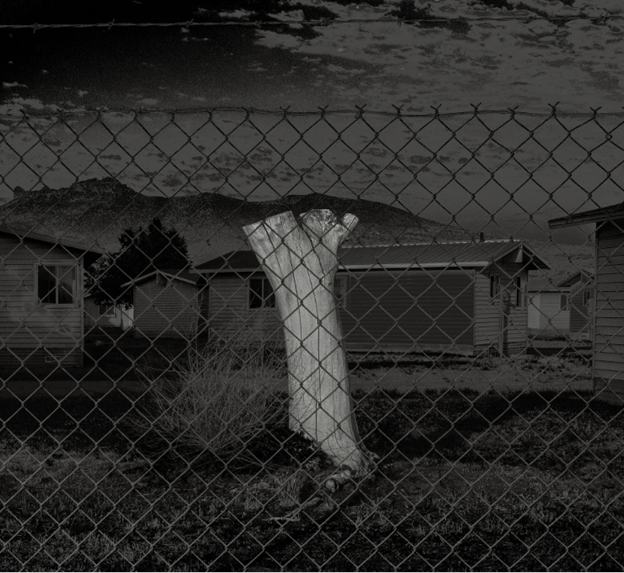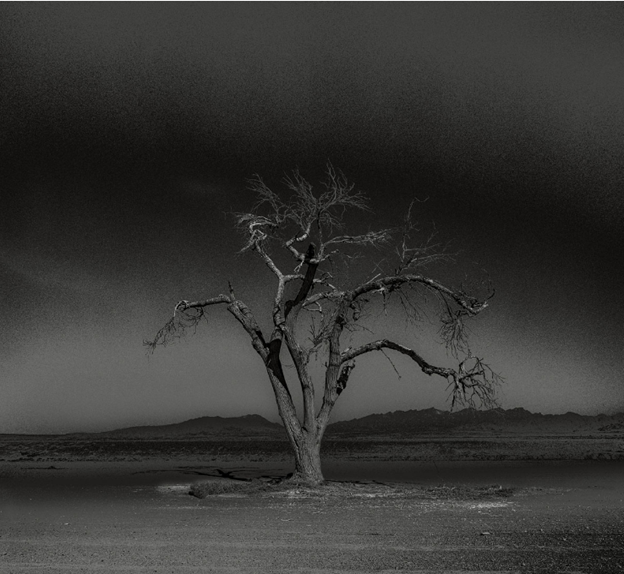Source: Photo Gallery International
In 2022, Eskenazi School Professor Osamu James Nakagawa made a 15,200-mile pilgrimage around the US to photograph the sites where Japanese and Japanese-American people were incarcerated during World War 2. On view at Tokyo's Photo Gallery International May 17-July 1, 2023, the work is a reckoning with the artist's own national identity.
Artist's statement:
The turmoil of the pandemic, the killing of George Floyd, and the increased anti-Asian hate crimes during the Trump presidency were a painful reminder to me of America’s deeply engrained systemic racism. Amidst all this, as I turned 60, I had to part with my parent’s home in Japan. Together these things forced a personal reconning: I was symbolically severing my connection to the place my family has always called home, while questioning, yet again, my value in the eyes of my adopted country.
Am I American? Or Japanese? Japanese-American?
This led me to wonder about the experiences of Japanese-Americans whose ancestors immigrated prior to World War II. Unlike my family, who came to the US during the post-war economic boom, these older generations of immigrants and their descendants seemed guarded, as if they were carrying a burden of an American experience that was too much to speak of – a dark experience deeply rooted yet just under the surface, inherent in the structures of their adopted nation.
Two months after the Japanese attack on Pearl Harbor in 1941, President Franklin D. Roosevelt signed Executive Order 9066, forcibly incarcerating approximately 125,000 Japanese and Japanese-Americans, mainly in camps in the arid American West. Many families suffered the dual trauma of losing their land, homes, and businesses while being isolated in the camps’ harsh desolate environments at the hand of their own government.
In 2022 I made a 15,200-mile pilgrimage to the sites where these camps had been, in an attempt to understand how the racism inherent in my American experience had carried a former generation of immigrants to places of such desolation. These trees emerged from the thousands of photographs I took at the sites. I felt them staring at me with the weight of their unspeakable memories. As I inhaled the light, air, dust, wind, and smells of the former camps, I took their portraits, connecting past and present, positive, and negative, analog and digital to draw out their aura.
Now that I no longer have a home to return to, I have no other choice but to call this country my home.
Osamu James Nakagawa



